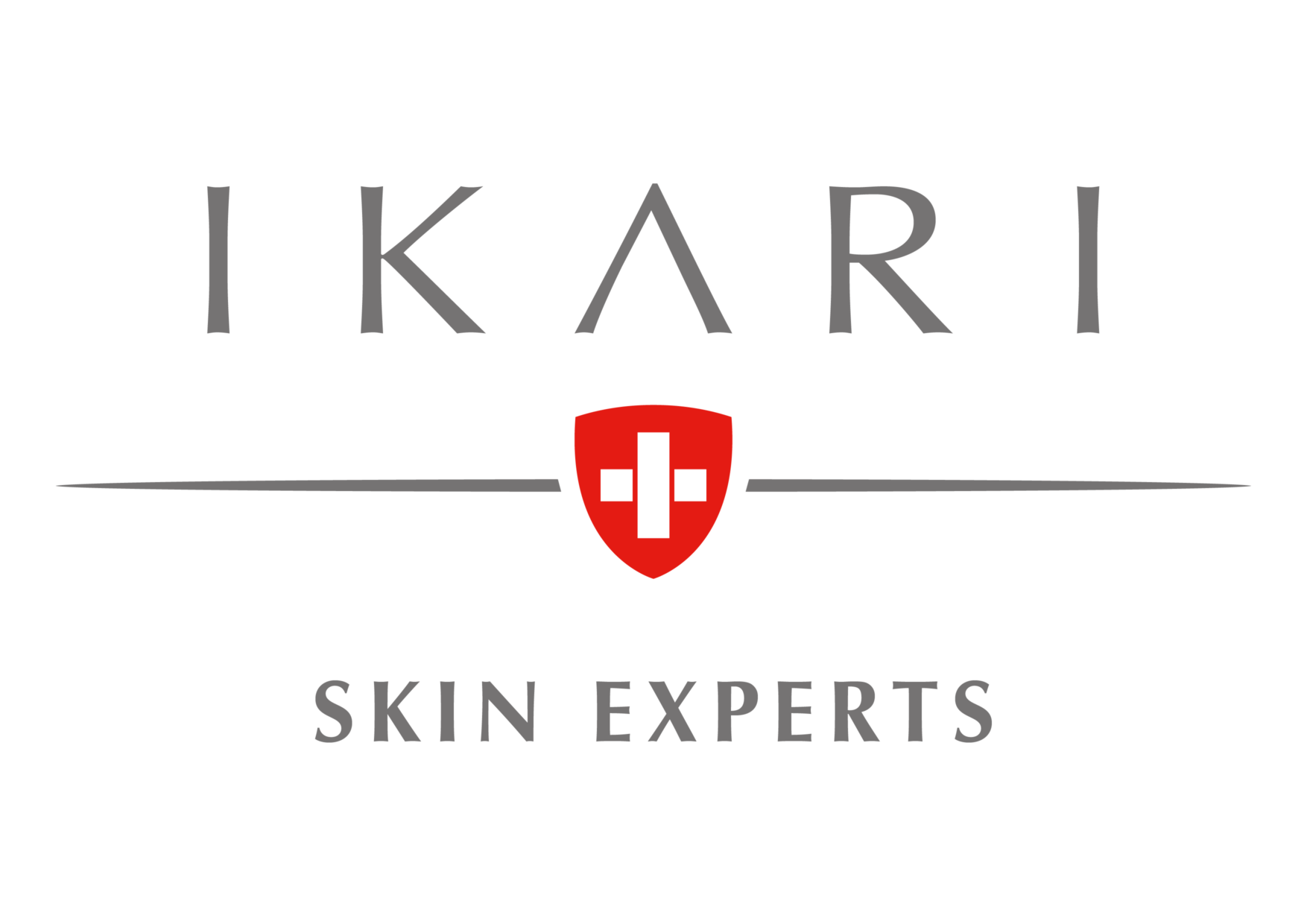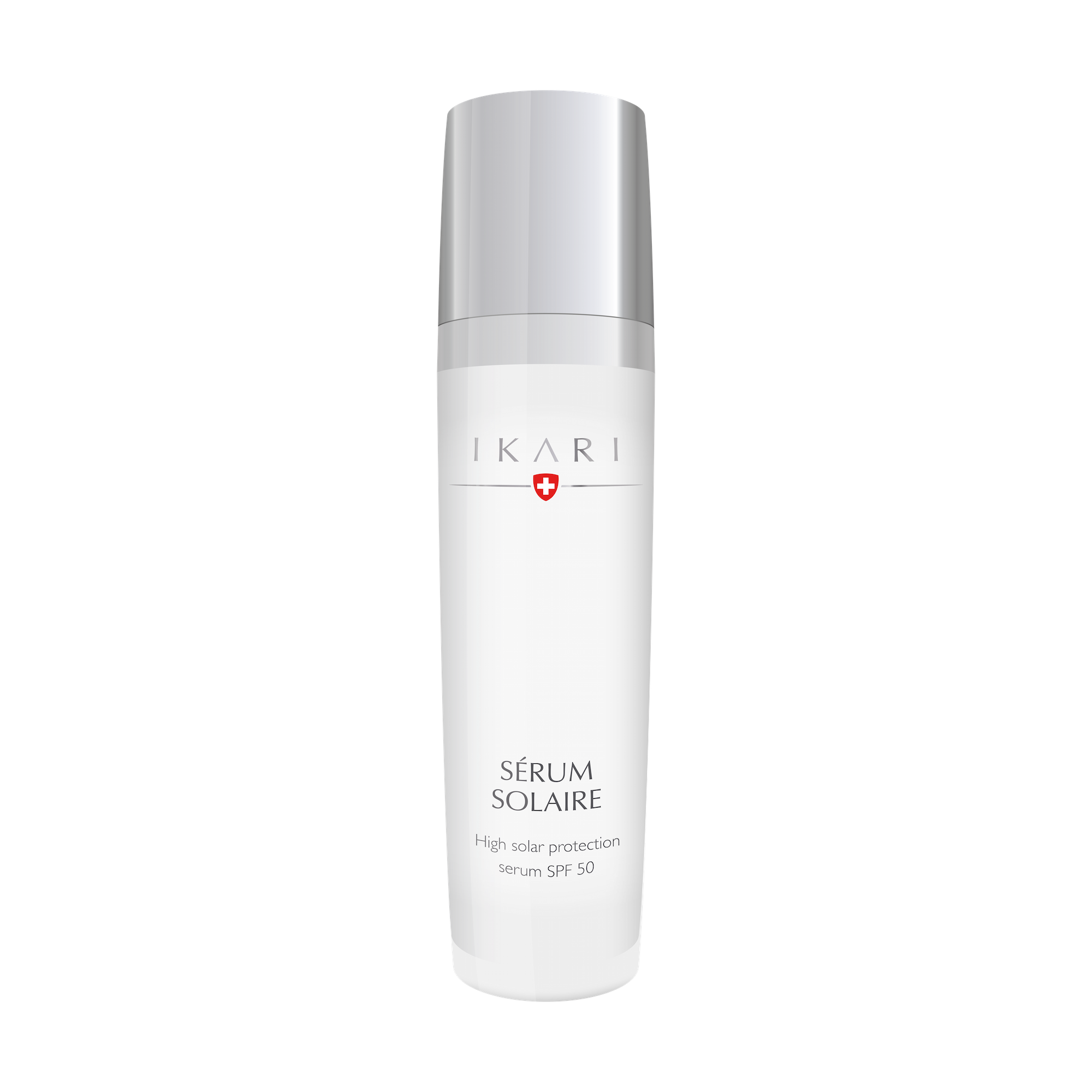Description
Both UVA and UVB rays
- Does not leave a white film on the skin
- A pleasant, fresh scent
- Contains stem cells and anti-oxidants that neutralize the harmful effects of the sun’s rays while you enjoy the sun
- 100% safe tanning without zinc oxide *
* Ingredient sun cream that can promote skin cancer
A study at the Missouri University of Science and Technology found that the sunscreen that’s supposed to protect us from skin cancer isn’t that safe. Cell toxicity analysis reveal that zinc oxide, a common ingredient in sunscreen, undergoes a chemical reaction that can release free radicals that can damage cells or their DNA. The authors had already addressed this issue in 2009, but are working to publish more detailed results in the journal Toxicology and Applied Pharmacology.
Tip:
Apply every 2 hours
Think also of protecting the hands, neck, and décolleté. UVA rays can penetrate through glass while you are in the car or in the office.
You can tan, even with the serum solaire! But safer and less smudged.
Not waterproof. Tested in real sunlight, not only in lab conditions under an UV lamp.
How to use:
Apply a generous amount to well-hydrated skin 30 minutes before sun exposure. Repeat the application every 2 hours.
Caution: avoid contact with the eyes
In case of severe pigment damage (eg. melasma) apply an extra physical sunblock locally (white or tinted paste).
Active ingredients:
In addition to the broad spectrum filters, Sérum Solaire from IKARI also contains two powerful repairers of UV damage of biological origin, the DOLICHOS BIFLORUS CALLUS EXTRACT and the BOMBAX COSTATUM LEAF CELL EXTRACT.
- Ethylhexyl methoxycinnamate is a UV filter. Its function is to block the sun.
- Bombax Costatum Leaf cell Extract is a strong natural antioxidant that protects the skin of sun damages.
- Dolichos biflorus Leaf Cell Culture Extract is a natural protection against premature aging due to UV radiation
The sun creams of the future. Protect and restore.
Sun creams have seen a real revolution in recent years, with more focus an UVA protection against ageing and natural repairing ingredients. New insights into the impact of UV rays on the skin cells force us to shift the attention from pure protection to repairing the damage. Apparently an intelligent evolution.
The longer the exposure to UV, the more extensive the damage. When the cell can no longer fully repair the damage, depending on the location of the damage, the cell will die or turn into a cancer cell and ageing will take place.
Whether this complicated recovery procedure can continue depends on many factors. A gene product called p53 helps determine whether the repair takes place or not. Skin cancer is not caused directly by UV radiation itself, but by other factors that prevent DNA damage in the skin from being repaired.
Recovery is the new protection.
Thanks to all these new insights into UV damage and especially the limitations of the sunscreen, people have started to focus more on the ingredients that promote recovery. Anti-oxidants such as Vitamin C and E can contain the damage, but more intelligent repairers have now made their appearance. Stem cell extracts of plant origin can facilitate recovery and combat redness. Ingredients from some African tree species can also repair daily UV damage.
It would take us very far to explain in detail the mechanisms of action of recovery, but the results speak for themselves. Sunscreens with lower factors and fewer chemical filters, but enriched with the necessary protectors, have been found to be effective in neutralizing UV damage.
High Tech sunscreens will in the future lower their SPF protection in favor of more recovery. Unfortunately, you will not immediately be able to read this as a factor on the box. After all, the laws always follow science with a necessary delay.



Reviews
There are no reviews yet.